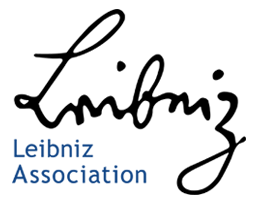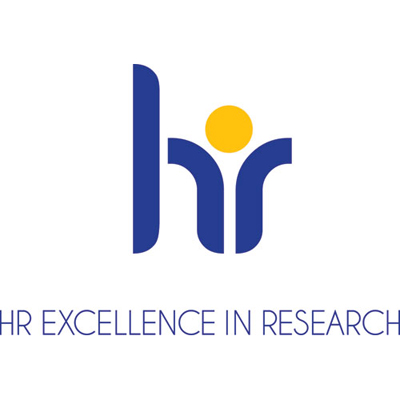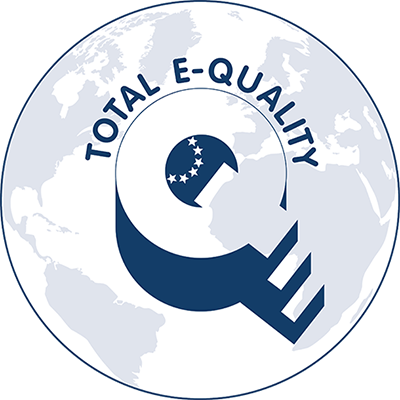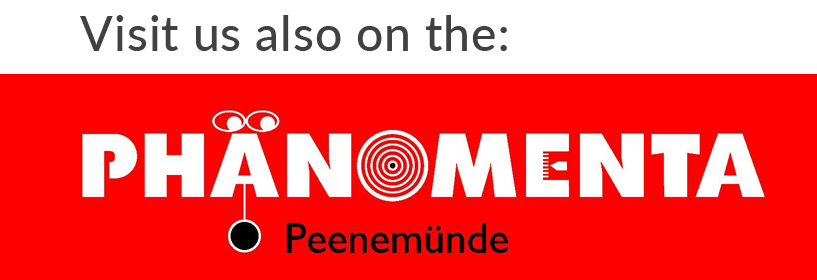Plasma Process Technology
The expertise of the plasma process technology department is in the fields of plasma-chemical gas conversion such as CO2 reduction, biomass treatment and plasma-assisted vacuum processes for the production of highly porous layers for electrocatalysis. For the splitting and reduction of CO2, non-thermal plasmas are basically suitable to overcome the high activation energies of the reactions. Dielectric barrier discharges (DBE) play a special role here, as they allow the use of catalysts in a simple way. Various arrangements are available for this purpose, such as singlestack, multystack and coaxial designs, which can be used both in the atmospheric and in the high-pressure range. The high-pressure range is particularly interesting for the chemical industry, as many syntheses are carried out under these conditions.
For the construction of these plasma sources or individual components, 3D printing processes based on synthetic resins are used, among other things. According to current knowledge, the synthetic resins prove to be sufficiently chemically stable for use. For the treatment of biomass, a process was developed that is a combination of a microwave discharge and an ultrasound source with a common field of action. Both sources together generate synergy effects that allow fermentation residues to be fermented again in biogas plants and thus produce additional methane. A 40-litre demonstrator suitable for both batch and continuous operation is available for this process.
For electrochemical applications in electrolysis or fuel cells, catalytic layers are synthesised using vacuum-based methods. In particular, patented processes such as PVD (Physical Vapour Deposition), e.g. magnetron sputtering and plasma-ion assisted deposition are used. Only by combining these coatings with chemical or electrochemical leaching processes is it possible to produce highly porous metal coatings that have very high electrocatalytic activities relative to their mass per unit area. Complementary electrochemical and surface analytical characterisation methods are available. In particular, a method for investigating gas diffusion electrodes in a half-cell arrangement was introduced.
Technological equipment
- Dielectric barrier discharges
- Single stack reactor
- multistack reactor
- Coaxial arrays for high pressure synthesis
- KombiMax demonstrator; includes two 1 kW ultrasonic sources, a 500 W microwave source and a 40 L recipient
- ND-SP Ultrasonic Spray Coater® 11/3 fully integrated, X-Y working area of 300 x 300 mm.
- LaboPress P150H, 150mm x 150mm
- PIAD vacuum coating system, M 900
- UNIVEX 400 with loadlock
- Rotary drum reactor, HF or microwave excitation, vacuum process for activation or coating (PECVD) of bulk materials



































